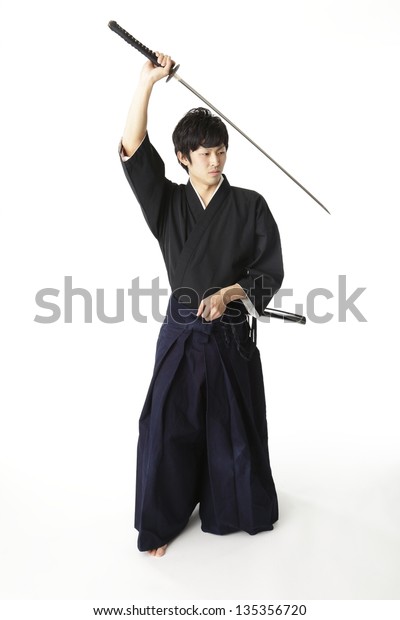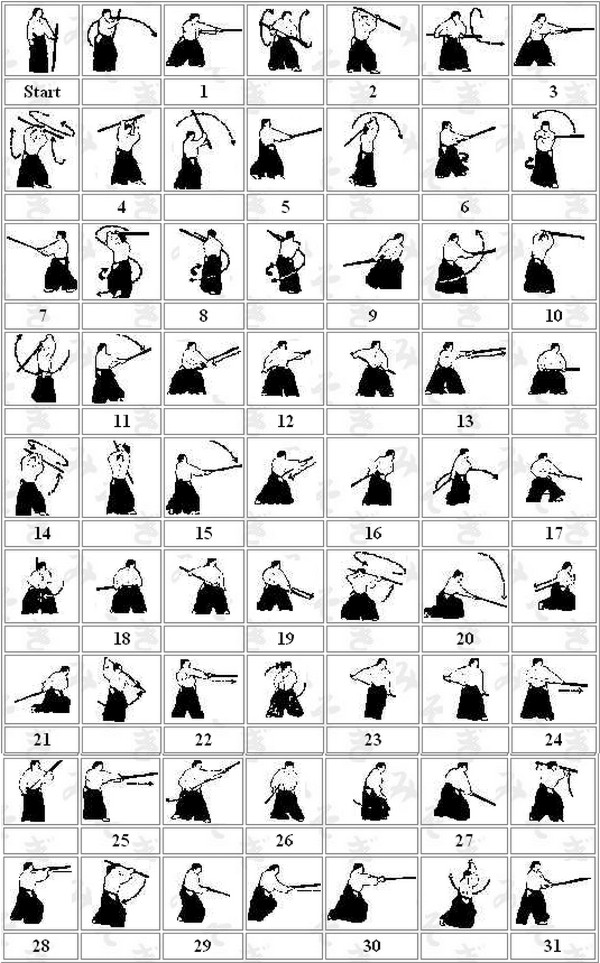
In our local school there are a few practitioners in their 70s that prefer training from standing. They are like two wheels of a cart that complement one another. All Iaido forms can be done from a standing position, as a part of regular practise, and as a modification to the standard forms. Kendo and iaido can be practiced separately, but are often practiced in parallel. Each ryuha typically comprises dozens of kata that can take a lifetime to master.Īt Shidogakuin, we teach the Musoshinden-ryu classical style as well as the standardized seitei iaido curriculum of the Zen Nippon Kendo Renmei (All Japan Kendo Federation).

There are hundreds of styles, or ryuha, of iaido, depending on the particular lineage of teachers. Today, iaido is primarily a method of self-refinement and is sometimes described as Zen meditation in motion. The roots of iaido date back to the mid-1500s, when proficiency with a sword meant the difference between life and death for the Samurai. Naturally a lot more can be said about these forms. The explanations are a transcription of Kishimoto senseis words as translated at this event. Noto: Returning the blade to the scabbard. The illustrations are from a demonstration by Miyata Tadayuki sensei, Iaido 8-dan Kyoshi, Kendo 7-dan Kyoshi, during the 8th European Iaido Championships - November 2001 in Brussels.

Kirioroshi: Making a large, finishing cut.Ĭhiburi: Clearing the blood from the blade. These are considered inseparable movements and are performed in one fluid motion.

Nukitsuke: The initial draw and disabling cut. Each kata describes how a swordsman should respond to a specific situation, such as when you encounter a surprise attack from an opponent seated in front of you or an attack from multiple opponents as you are walking. In iaido, a practitioner executes set forms, or kata, against an imaginary opponent. Iaido and Kendo are just like two wheels of a cart, being so closely related and have been practiced together through the long history of Japan’s martial arts.Iaido is the martial art of drawing and cutting with a katana - either an unsharpened practice blade or the real thing. The sword plays a prominent part in Japanese mythology, folklore and history”. Training in Iaido requires discipline and dedication to ultimately defeat the enemy without the need to draw the sword, it is sometimes referred to as “moving Zen”.Įxtract from the book “The Martial Arts” first published 1977: “We must remember that the three sacred treasures of Japan are the Sword, the jewel (to tama) and the mirror. There is no sparring as you are doing the Katas on your own with the spiritual enemy.Īfter iaijutsu lost its offensive nature Iaido evolved as a technique used by all the samurai implying serenity of spirit, control of respiration and above all, the sign of perfect and elegant self-control in the art of drawing the sword.

Practitioners of Iaido are required to learn 12 kata techniques such as drawing of the sword to defend while standing, sitting or kneeling. The purpose of iaido was to slay an opponent with one stroke of the sword immediately after unsheathing it. It was developed as a defensive method to counter surprise attacks and enemy raids in fifteenth and sixteenth century Japan. Iaido is the art of drawing the sword and developed around the 15 th century as Iaijutsu. Iaido, the way of the sword, is a martial art form that began as an off-shoot of kenjutsu.


 0 kommentar(er)
0 kommentar(er)
